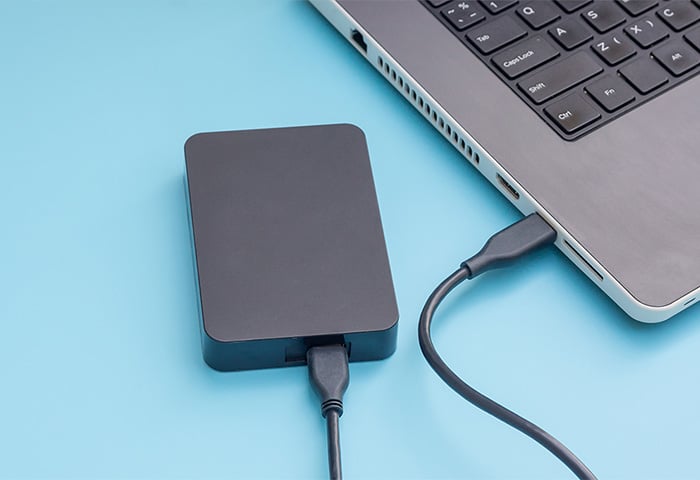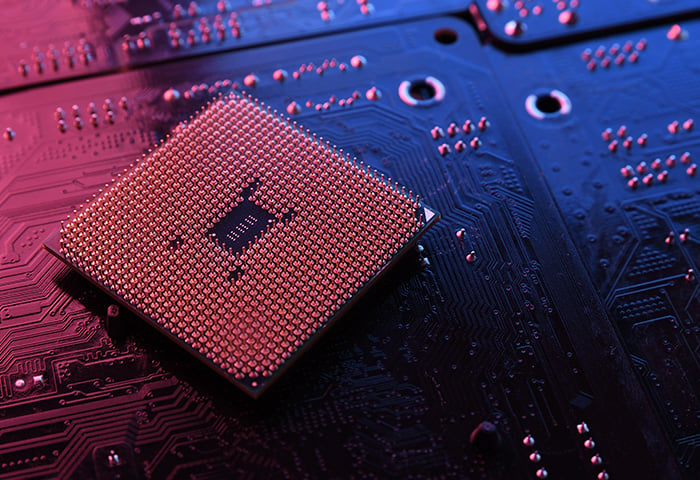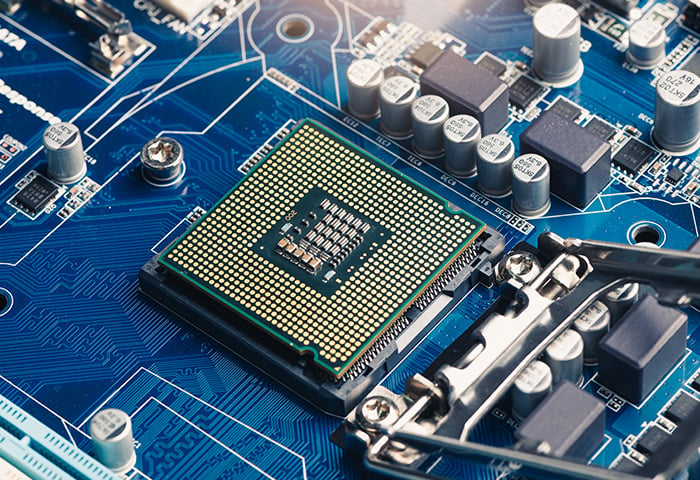Well, basically, 5G (fifth generation) is the next step in how we connect wirelessly to the internet.
This article seeks to clarify the swirling cloud of chatter surrounding this buzzword topic and explain in simple terms what 5G is all about and what its connotations really are for the average consumer.
Speed, we’ve been promised speed
It’s hard to explain the reasons (though this article will try) why the world is in a blind hysteria about the switch-over to 5G, so the powers that be have opted to simply sell you “speed”. If you’ve gone another level down, you might’ve heard the term “low latency”, which basically means, “less slow”, and indicates the fact that 5G will be as fast as Usain Bolt.
4G, wasn’t it good enough?
And what about the other Gs? Let’s take a step back. A new G comes out about every ten years. 3G, appearing in 1998, was the first generation of wireless mobile network to allow data transmission such as video and mobile internet access and also GPS. 4G, which came out in 2008, and which we still enjoy today, brought us faster speeds, more bandwidth and with that the ability to stream in HD.
Ahem, so, wasn’t all that good enough? Well to illustrate that it may be enough for most people, there is currently a kind of 5G placebo effect going on. People are using new phones that are 5G capable, but are not actually receiving 5G, and they don’t really seem to know the difference. The mobile phone makers and carriers aren’t too worried about this confusion, though, as they can only stand to benefit from it. Mobile phone makers are upgrading their consumer base to these new phones, and the carriers are upgrading their users to new plans. In the case of the plans, people are now paying for a whole helluva lot of bandwidth.
The bottom line is that 5G is more profitable for the cell phone carriers because every year people consume more content and video, and to provide this increased bandwidth on the existing 4G network would be much more expensive for them than on the new 5G network, which is tailored to handle a much larger flow of data. So for now these companies are just happy that you’re paid up and primed for this big 5G revelation – whenever it might finally descend.
But are some people actually using real 5G yet?
Well yes, some lucky folks actually are – in trial. In America, 2019 is the year of trials for 5G, that is, if you live in certain cities (and certain neighborhoods, and are maybe standing near certain hotspots in those neighborhoods, because many reports state that 5G connectivity is currently spotty). It’s the same in parts of Europe, as well as the Middle East. But if you live in a rural area, forget about it. And it’s also probably a good time to mention...
5G isn’t just for mobile
Perhaps this is one reason why the talk around 5G has been so prominent. 5G won’t just affect the way we access content when we’re out and about on our mobile phones, but will also change the way people connect from home. Instead of the typical router plugged into the wall, there will be a shift over to what is known as “fixed wireless”, which means your home Wi-Fi network will not only connect to your computer wirelessly, but will also connect to the larger network wirelessly.
In brief, 5G will restructure the existing wireless architecture to more of a distributed system – there will be more nodes of connectivity. This means that the data needed by online devices (your AI washing machine, a self-driving car) will be stored on the edge of the network – closer to the devices and thus improving speeds. This is a fundamental change that will affect the way the entire internet works, which is after all a big deal, which might be why 5G has become such a popular international issue.
Is 5G a kind of global space race?
Well that’s how it’s been referred to and it’s what you might think when considering the controversy surrounding the issues with Chinese tech giant Huawei. Experts stand on both sides of the aisle: some remain distrustful of Huawei and believe that allowing the company to build a large part of the Western world’s internet will compromise national security by allowing the Chinese a backdoor into everyone’s data; and other experts assert that the situation is an inevitable risk involved in accepting the most advanced, cheapest technology – keeping the West on track to be globally competitive in the next generation, er, internet race. Basically, whoever builds it first gets to have a say in how it looks.
Hello, is this thing online?
AVG 5G expert Armin Wasicek says the biggest 5G security concern for the average user will be when devices go online and you don’t even realize it. With the advent of the Internet of Things (IoT), wireless integration between devices and the often subtle ways your data becomes shared and exposed will only become slicker and more subtle. Put differently, the number of attack surfaces is increasing. With current IoT devices, you have to at least actively put them online. New devices, however, will have sensors and small 5G modems that automatically connect without your configuration. As for digital footprints? Well, they will start merging and crisscrossing until any remaining digital virgin snow will instead look like the aftermath of a snowball fight. Anyway, this issue of more devices (more breachable data) further explains why governments are being a little paranoid about who sets up the 5G architecture, as well as…
Sophisticated uses of 5G
Well, a lot of rather important things will apparently be riding on 5G. One of them is self-driving cars. While we already have self-driving cars, with 5G, much more of the cars’ functionality, such as communicating accidents or obstructions, will depend on the interconnectivity of the larger network. Another high-level use is surgery. Experts will either mentor those in the operation room, or will be commandeering robots from across the world. This is where the talk of latency and lag does indeed become quite paramount. When human lives are being put in the hands of a wireless network, well, better have a latency of only one millisecond.
And we’ll continue to need cybersecurity companies
With more devices online and more surfaces of attack, we’ll need new cybersecurity innovations. Since many devices are made very cheaply, it isn’t feasible for their manufacturers to put anything more than the most basic security inside. To tackle this problem, the security provided by AV companies will extend to the home network and will be shared between devices.
Let’s face it, 5G will bring big opportunities and challenges for many different industries.






/Signal-How-to-scan-and-fix-hard-drives-with-CHKDSK-in-Windows-Thumb.jpg)








